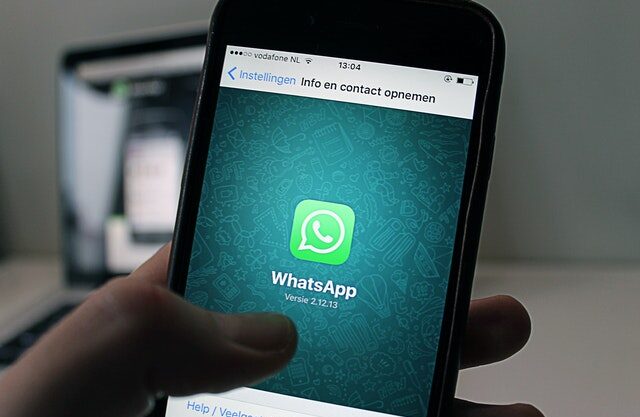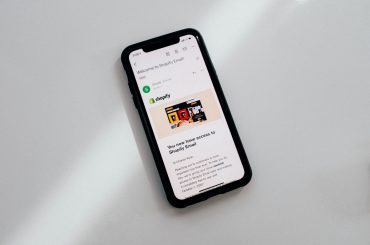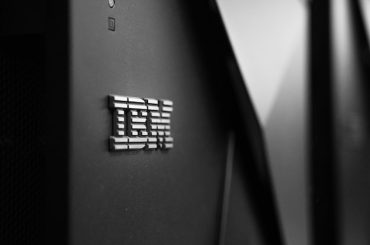Has it ever happened to you that you bought your microwave from Bajaj only because you had a positive experience with your old toaster from the same appliance maker? Or you thought that a product would be super cool just because it’s endorser is one of the famous cricketers or actors? That’s just the Halo Effect, my friends! Let’s see what it is in detail and why Apple is the best example to learn the Halo Effect concept.
No company in this world knows this psychological fact better than the mighty Apple. Back when the iPod was still Apple’s main cash cow, the iPod created such a strong influence on customers that drove the sales of Apple’s higher-priced products.
In 2005, profits were up 384%, the stock was up by an astonishing 177% and profit margin increased from 3.3% to 9.6%. The iTunes store sold its 500 millionth song. Despite declining sales trends in the industry Mac laptop sales practically doubled.
Read: The Nokia Saga – Rise, Fall and Return
Now you must be wondering how a less expensive iPod can drive the sale of a pricy Mac laptop.
So, what is the meaning of Halo Effect?
Edward Thorndike first coined the term in a 1920 paper. In a nutshell, the Halo Effect is when one successful and highly appreciated product elicits positive perception towards other products of the brand and results in an increase in sales or market share of other products from the same brand.
When a consumer has a positive experience with one product, consumers build a favorable cognitive bias towards the entire brand. The reasoning is that if the brand is so good in one thing, they are good at the other things also. A very simplistic definition of the Halo Effect.
Marketers and advertisers understand how powerful the Halo effect can be. They focus more on identifying the core competency of the brand. Then they dedicate a lion’s share of their marketing budget in promoting one product. As a result of co-branding, the company saves on cost and achieves much higher revenues than usual.
How Apple has become the best example of Halo Effect applications
iPod was a bid deal for Apple. It was the cheapest Apple product one can own yet it helped Apple in creating a mass-market reach. The seamless experience of iPod made consumers fell in love with it. They went on to buy a range of products from Apple.
Initially, the iPod was compatible with Mac only. Consumers were so amused by the iPod-Mac experience that it worked as a Halo in driving Mac’s sales. Apple is repeating the history with the Apple watch as it is compatible with iPhone only. The Halo effect is going to attract a new deal of customers who would love to have a coherent iPhone-Mac-watch-TV experience. It would definitely have a pull effect on current Android users.
Apple watch’s Halo effect is going to be much wider and stronger. In the last 20 years since the first iPod was released Apple has created a much larger loyal customer base. These customers don’t bother about the technical features anymore. They believe in convenience, looks to flaunt and creating an ecosystem of devices for themselves.
The entire product range and even the Apple in-store experience are designed to enhance the Halo effect among different products. Moreover, Apple knows they are the best in business. Apple wants to create an experience that you can’t think of living without.
There is a Reverse Halo Effect too that can cripple a business and we will talk about another example. But then that’s a story for another time…..
Got bored of reading this? Do check out this witty and humorous campaign by Apple for some entertainment.
Interested in reading more General Strategy Stories? Check out our collection.
Also check out our most loved stories below

How Bata became India’s household name despite being a classy international brand?
Bata is not an Indian brand. It is as international as it can be. But what strategies made it India’s highest selling footwear brand?

Nike doesn’t sell shoes. It sells an idea!!
Nike has built one of the most powerful brands in the world through its benefit based marketing strategy. What is this strategy and how Nike has used it?

Domino’s is not a pizza delivery company. What is it then?
How one step towards digital transformation completely changed the brand perception of Domino’s from a pizza delivery company to a technology company?

















